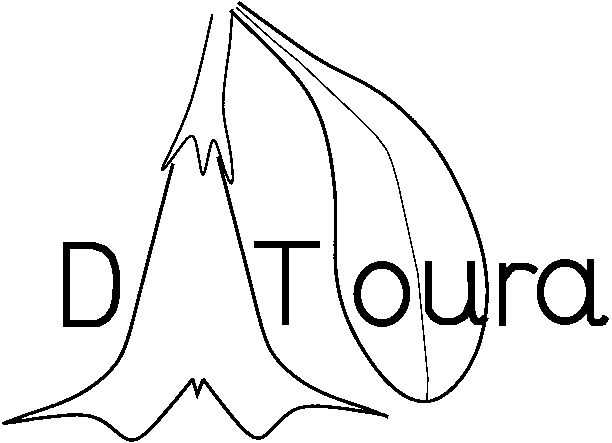The Data Touring Machine
This is a reconstruction of the original page (http://www.datoura.org).
Datoura is a
small simple set of data graphing lisp routines that generate postscript
output. Generating postscript eliminates the need for X graphics
libraries, but you must have a postscript viewer installed (for Linux
use gv,
for Windows gsview)
The command style is borrowed from Mathematica, postscript and, of course, lisp with a set of "graphics primitives" such as points, lines, circles, polygons and "postscript-directives" which pass commands through directly to the postscript interpreter.
Some handy plots are built from the primitives such as histogram, scatter-plot, profile, function-plot and parametric-plot. Plots are generated and shown separately which allows you to build many plots and show them superimposed with proper axis-handling. Multiple x and y axes are supported, too.
Datoura was written in CLISP on linux and cygwin, but has been tested (without some of the bells and whistles) in gcl. It should work in any common lisp implementation, but I haven't done much testing. Datoura also works in a windows platform with the help of the IDE by Krzysztof Włodarczyk VisualCLisp (sorry about the stale link) and gsview.
Features:
Free, Open Source (GPL)
Plotting, Histogramming, CDF's, Functions.
Full-powered scripting language (Common Lisp)
Superimposing multiple plots, with legends & statistics, can be done at any time.
Support for multiple axes on plots.
Imports CSV files
X libraries not required
Postscript Output (can be converted to most other formats with Linux "convert")
Handles Nulls
Grouping, Sorting
Simple Statistics (mean, rms, min, max)
Extensible, Portable (Common Lisp)
Not Object Oriented (=> easy to learn to use the package)
The command style is borrowed from Mathematica, postscript and, of course, lisp with a set of "graphics primitives" such as points, lines, circles, polygons and "postscript-directives" which pass commands through directly to the postscript interpreter.
Some handy plots are built from the primitives such as histogram, scatter-plot, profile, function-plot and parametric-plot. Plots are generated and shown separately which allows you to build many plots and show them superimposed with proper axis-handling. Multiple x and y axes are supported, too.
Datoura was written in CLISP on linux and cygwin, but has been tested (without some of the bells and whistles) in gcl. It should work in any common lisp implementation, but I haven't done much testing. Datoura also works in a windows platform with the help of the IDE by Krzysztof Włodarczyk VisualCLisp (sorry about the stale link) and gsview.
Features:
Free, Open Source (GPL)
Plotting, Histogramming, CDF's, Functions.
Full-powered scripting language (Common Lisp)
Superimposing multiple plots, with legends & statistics, can be done at any time.
Support for multiple axes on plots.
Imports CSV files
X libraries not required
Postscript Output (can be converted to most other formats with Linux "convert")
Handles Nulls
Grouping, Sorting
Simple Statistics (mean, rms, min, max)
Extensible, Portable (Common Lisp)
Not Object Oriented (=> easy to learn to use the package)
